Product Description
Ideal for heavy/light construction, auto repair, demolition, manufacturing, mining, fabrication, landscaping.
Features
- Reinforced Goatskin leather palm and back provides the softest, most abrasion-resistant leather and is highly recommended for applications requiring tactile sensitivity
- Split Goatskin leather fingertips for added protection
- Kevlar® blended lining offers comfort, enhanced cut protection and good heat dispersion
- Internal foam padded palm absorbs and dampens shock
- Thermo Plastic Rubber (TPR) molded finger guards for maximum protection
- Reflective knuckle tape makes this product easy to see in low-light applications
- Nylon spandex fabric for comfort and breathability
- PVC sandy grip on extended thumbcrotch and thumb provides an enhanced grip and extra cut/abrasion resistance
- Micro cotton thumb for comfort
- Slip-on cuff with hook & loop button closure for easy on/off and a secure fit
- Goatskin Leather Palm & Back
- Reinforced Padded Palm
- Kevlar Blend Liner
- TPR Finger Guards
- Reinforced Thumb Crotch
- Slip-On Cuff w/ H&L

 General Purpose Gloves - CoatedMaxiFlex® Ultimate™34-874
General Purpose Gloves - CoatedMaxiFlex® Ultimate™34-874
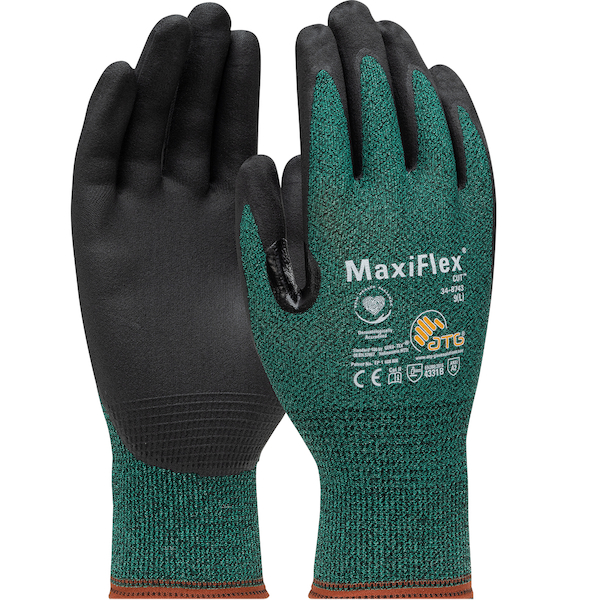 Cut Resistant GlovesMaxiFlex® Cut™34-8743
Cut Resistant GlovesMaxiFlex® Cut™34-8743
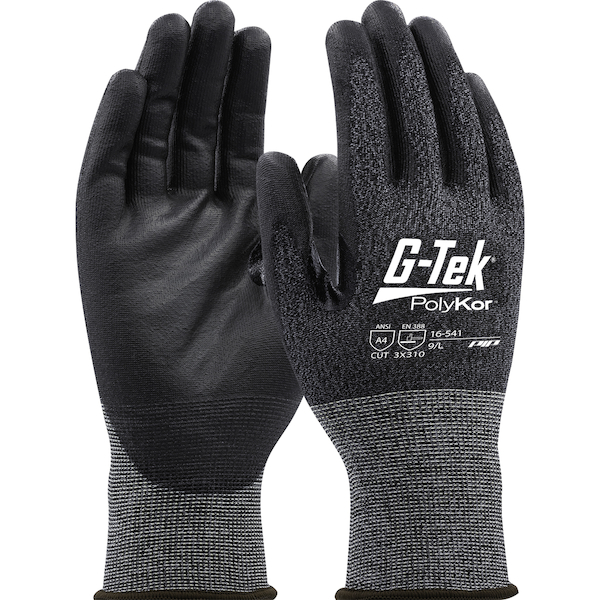 Cut Resistant GlovesG-Tek® PolyKor®16-541
Cut Resistant GlovesG-Tek® PolyKor®16-541
 Cut Resistant GlovesG-Tek® PolyKor®16-560
Cut Resistant GlovesG-Tek® PolyKor®16-560
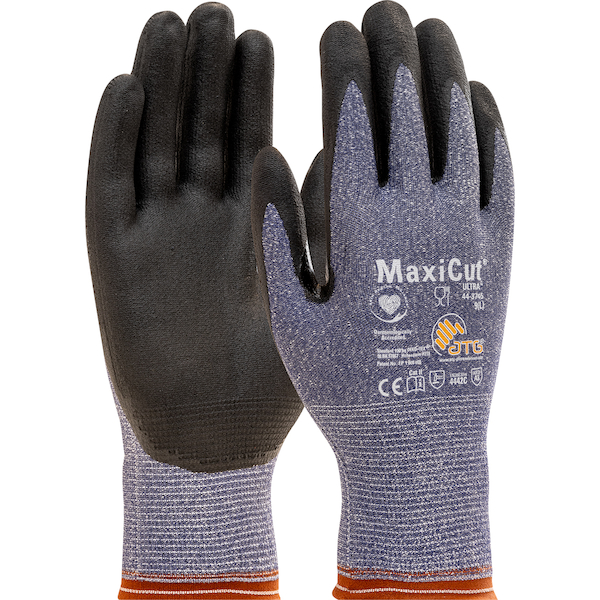 Cut Resistant GlovesMaxiCut® Ultra™44-3745
Cut Resistant GlovesMaxiCut® Ultra™44-3745
 Cut Resistant GlovesG-Tek® PolyKor®16-351
Cut Resistant GlovesG-Tek® PolyKor®16-351
 Extended Use Disposable GlovesGrippaz™ Skins67-246
Extended Use Disposable GlovesGrippaz™ Skins67-246
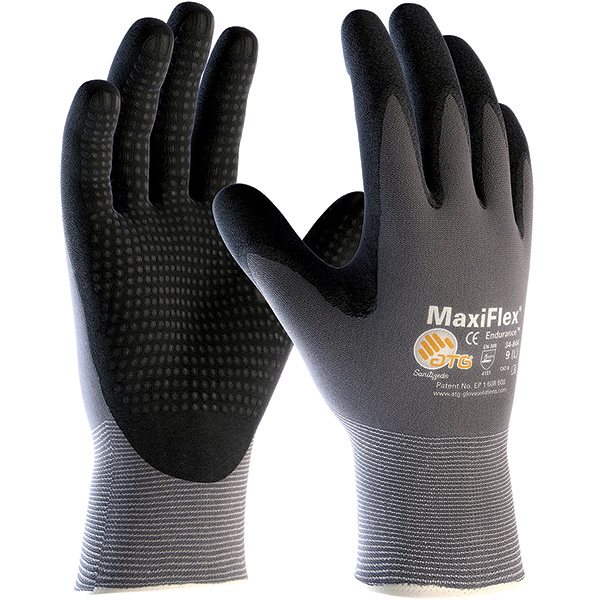 General Purpose Gloves - CoatedMaxiFlex® Endurance™34-844
General Purpose Gloves - CoatedMaxiFlex® Endurance™34-844
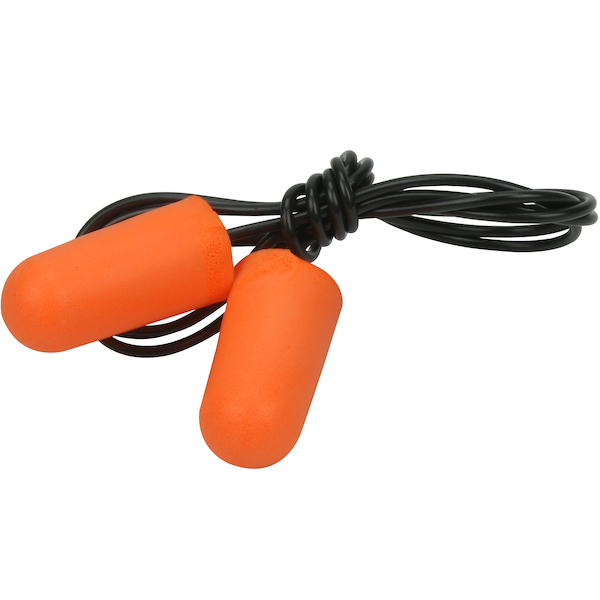 Ear PlugsMega Bullet™267-HPF210C
Ear PlugsMega Bullet™267-HPF210C
 General Purpose Gloves - CoatedG-Tek® VR-X™33-VRX180
General Purpose Gloves - CoatedG-Tek® VR-X™33-VRX180
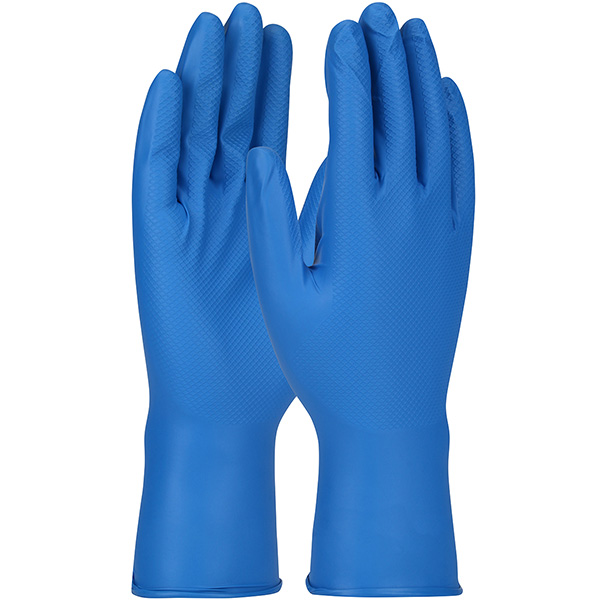 Extended Use Disposable GlovesGrippaz™ Food Plus67-308
Extended Use Disposable GlovesGrippaz™ Food Plus67-308
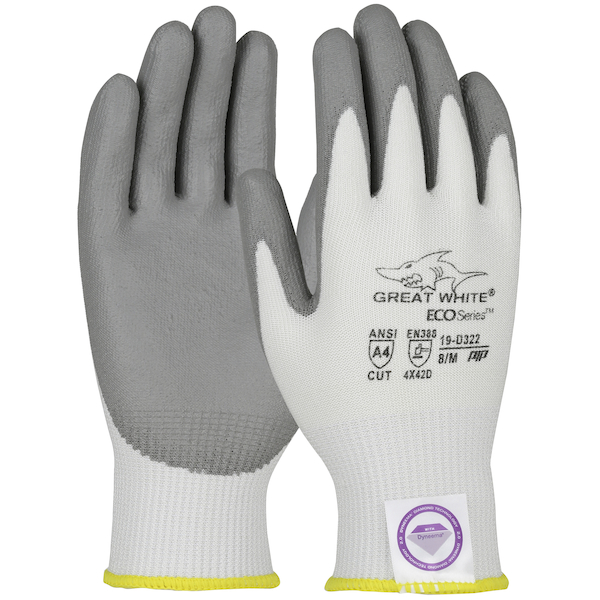 Cut Resistant GlovesGreat White® ECO Series™19-D322
Cut Resistant GlovesGreat White® ECO Series™19-D322


















